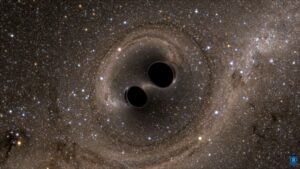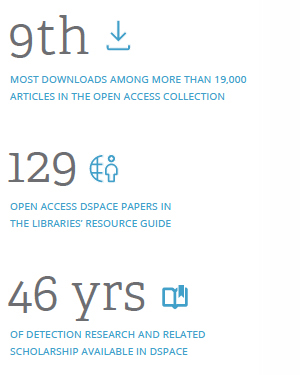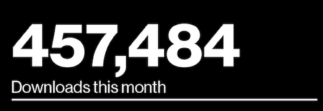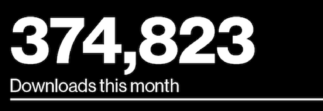
Image: SXS, the Simulating eXtreme Spacetimes (SXS) project.
More than one billion years ago, two massive black holes collided and merged, releasing energy in the form of gravitational waves, or ripples in space-time. Last September, those waves were picked up by the Laser Interferometer Gravitational-wave Observatory (LIGO) — the first direct detection of gravitational waves since Albert Einstein theorized about them in 1916. The significance of the breakthrough is hard to overstate.
“They give us a new tool for astronomy,” said MIT Professor Scott Hughes, an expert in gravitational-wave physics. “They let us probe the dark and hidden universe.”
Gravitational-wave physics and the LIGO project, operated by MIT and CalTech, have been a focus of research at MIT for more than 40 years. With research, of course, there are publications. That’s where the MIT Libraries come in.
Thanks to an agreement with the American Physical Society, the publisher of the discovery paper, the Libraries deposited the article in the Open Access Collection of the DSpace@MIT repository the day of the announcement, February 11. LIGO researchers had also paid to release the article under a Creative Commons license, which allows
anyone to download, share, or build on the work.
Peter Fritschel, LIGO’s chief detector scientist and co-chair of the team that coordinated work on the paper, explained the decision: “Why make it open access? For the most important publication in the life of the collaboration, the only reason not to is that it costs us something, but there was never any question that we would pay for it.”
That same week, the Libraries created a resource guide, with summaries of research and links to related DSpace papers, with help from Hughes and MIT LIGO scientists. Excitement about — and pride in — the discovery had spread throughout the MIT community. Now, with open access to the research and the decades of work that led to it, it can reach even farther.
“This is what we do here at MIT, and we want to share it,” said Director Chris Bourg.
—
“When I heard of the LIGO gravitational wave detection, all I could find were these general articles, but no real details of the detection. Only through the open access I got from MIT was I able to quickly get the article. Thank you for doing the right thing and making this very significant discovery a freely available article.” —independent researcher


